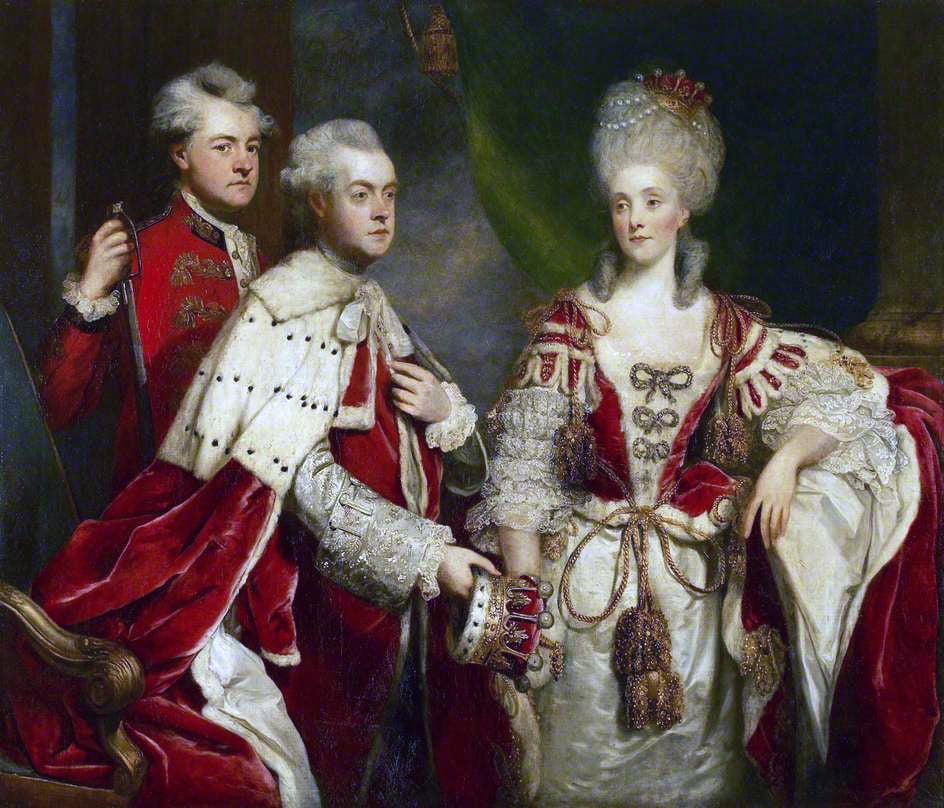A subject of perennial fascination and enquiry, the British peerage is a hierarchy of hereditary titles, along with associated ranks and privileges, that dates back to feudal times, when peers were vassals of the monarch who swore an oath of loyalty to the Crown in exchange for protection or a fief (a grant of land or money).
This tightly knit group of powerful nobles, inter-related by blood and marriage, jealously guarded their land and rights and became the backbone of the British aristocracy. The peerage was always growing and changing: successive monarchs created new peerages, as well as imprisoning and suppressing noblemen who opposed them. The last hereditary peerage titles granted to commoners were: Duke of Westminster (1874), Marquess of Reading (1926), Earl of Stockton (1984), Viscount Macmillan of Overton (1984), Baron Margadale (1965).
In 1958 the Life Peerages Act swelled the ranks of the peerage and life (non-hereditary) peerages (always the rank of baron or baroness) were granted in growing numbers.
Here is a short guide to the intricacies of the Peerage:
There are five ranks of the hereditary peerage, organised in descending order of seniority: duke, marquess, earl, viscount, baron.
A new, lower, degree was added to the nobility by King James I when he created the hereditary orders of baronets in 1611. This was, in effect, a hereditary knighthood (with the title of ‘Sir’). Baronets were separate from the peerage and never held seats in the House of Lords. The last baronet to be created was Denis Thatcher in 1990.
Precedence is sorted by level of title (Duke, Marquess, Earl, Viscount, Baron) then country (England, Scotland, Great Britain, Ireland, United Kingdom), then in order of year the title was created.
In 1337 Edward III created the first English dukedom for his eldest son, probably in imitation of the French king, who had created his elder son a duke in 1332. Since then a number of dukedoms have been conferred on close relatives of the sovereign.
Royal titles take precedence over all other peers. The Duchy of Lancaster is held by the Crown and the current Duke of Lancaster (not Duchess) is the Queen.
A title is automatically inherited by the heir on the death of the last holder of the title – he (or in some cases she) might thereafter have to prove his succession in order to be entered on the Roll of the Peerage or the Baronetage, but as a matter of law he is the peer or baronet from the date of the death of the predecessor.
The Lord Chancellor and the Secretary of State for Justice hold the Roll of the Peerage. The Standing Council of the Baronets publish an Official Roll of Baronets. Peers and baronets are not accorded precedence or addressed by their title until their name appears on the relevant roll.
Royal titles return to the crown if there is no male heir or if the titleholder succeeds to the throne, as will be the case when the Prince of Wales becomes king.

Some peers have two or more titles. For example, an Earl can also be a Baron and a Baronet.
A courtesy title is a title such as Lord, Lady or The Hon, which is usually borne by the sons, daughters, daughters-in-law, brothers, sisters and sisters-in-law of a peer.
The son and heir apparent of a duke, marquess or earl is addressed as “Lord” before his forename and surname, but may also use one of his father’s peerage titles by courtesy, providing it is of a lesser grade than that used by his father. So the heir of the Duke of Norfolk is known as the Earl of Arundel and Surrey by courtesy.
The younger sons of a duke or marquess have the courtesy style of “Lord” before their forename and surname.
The younger sons of an earl, and all sons of a viscount or baron and daughters of a viscount or baron have the courtesy style of “The Hon” before their forename and surname.
The daughters of a duke, marquess or earl have the courtesy title of “Lady” before their forename and surname.
Although the great majority of hereditary peerage titles may descend only in the male line, there is a small number that may also be inherited by a female heir, and may pass down in the female line, if no males are available.
Women married to peers and baronets are allowed to use the feminine version of the title – Duchess, Marchioness, Countess, Viscountess, Baroness, Lady – there is no such courtesy for those men whose wives are peers in their own right, or for those peers in same-sex marriages.